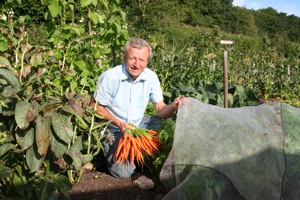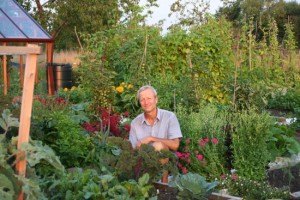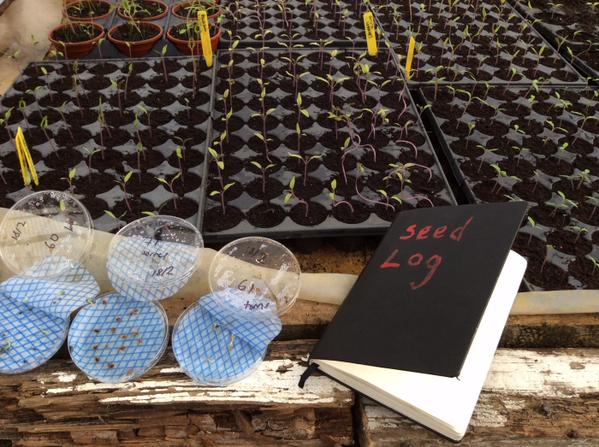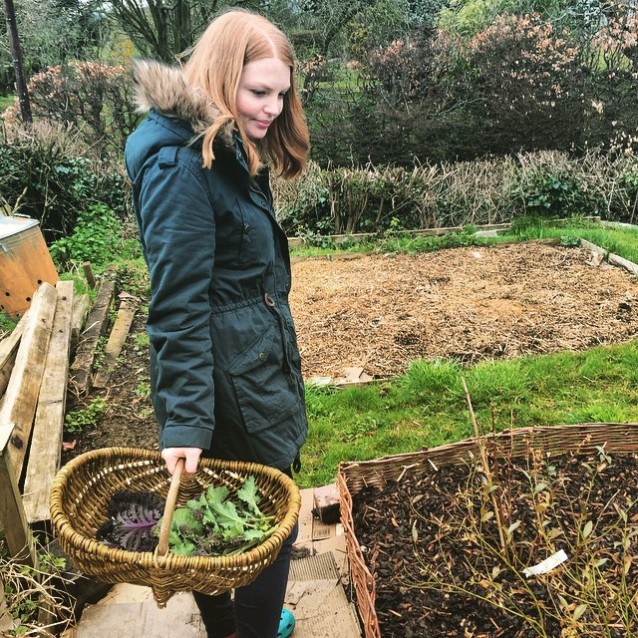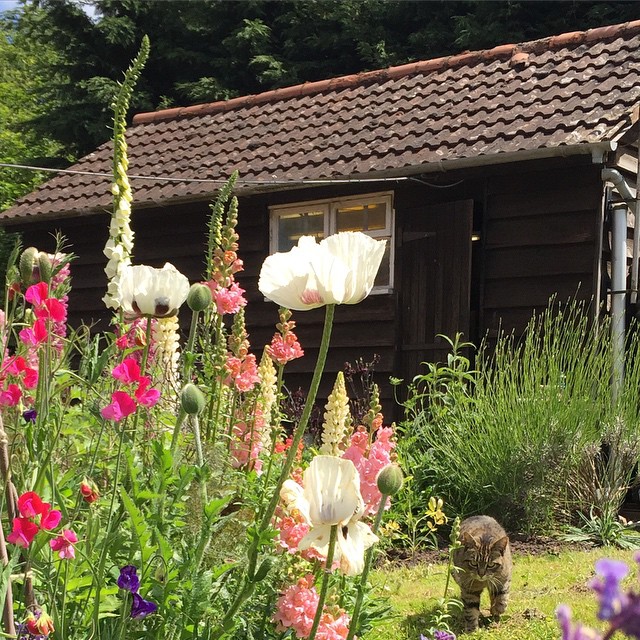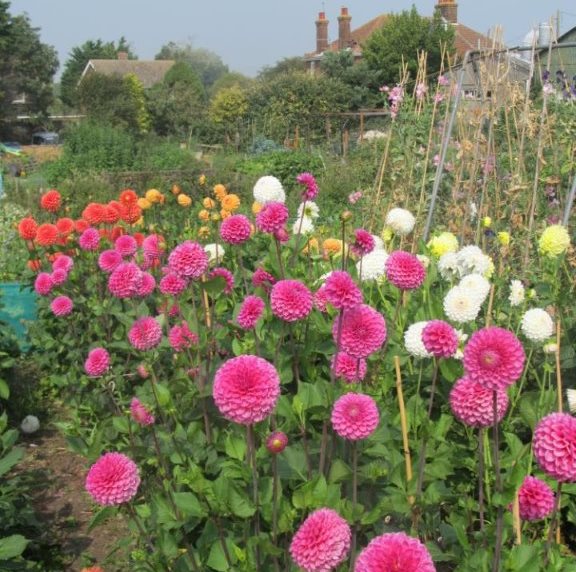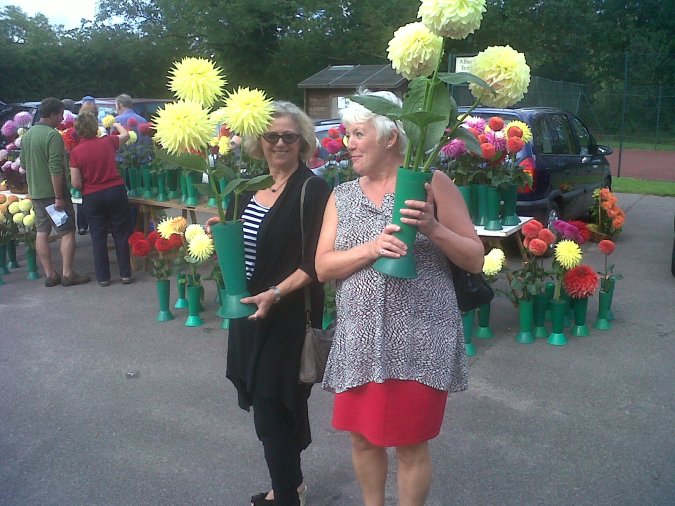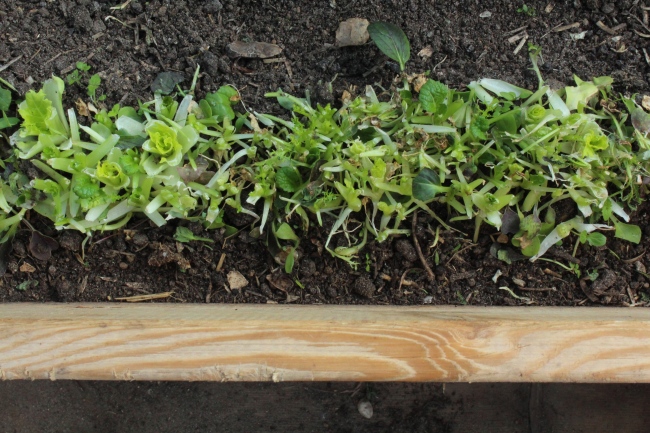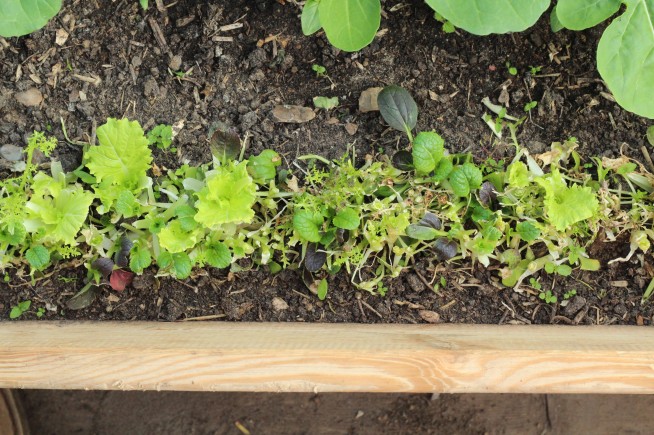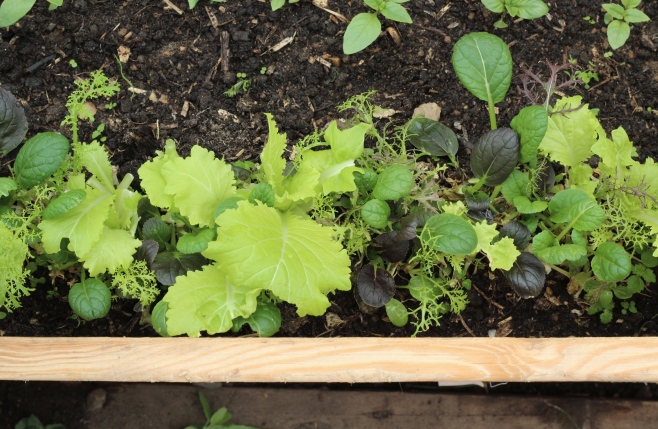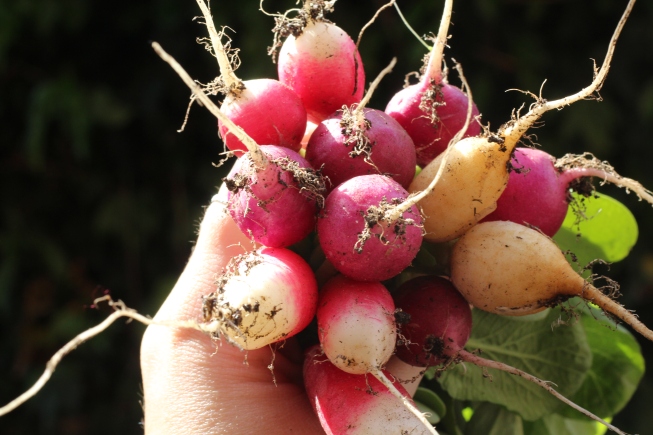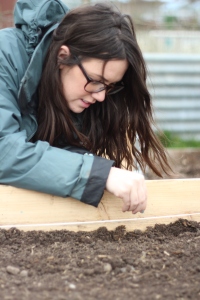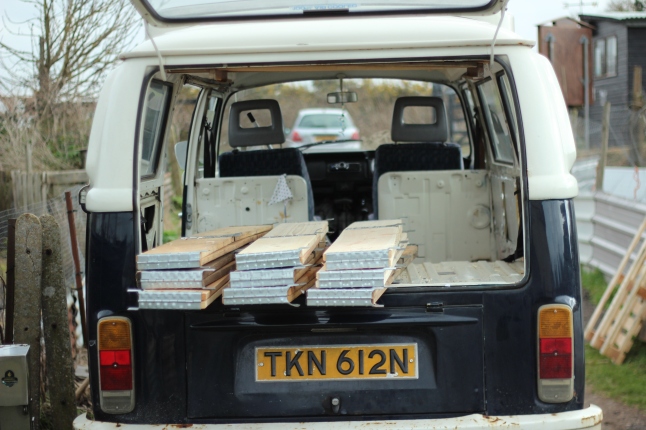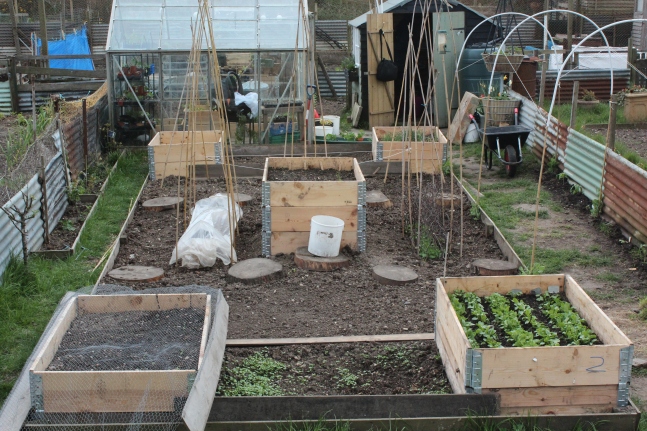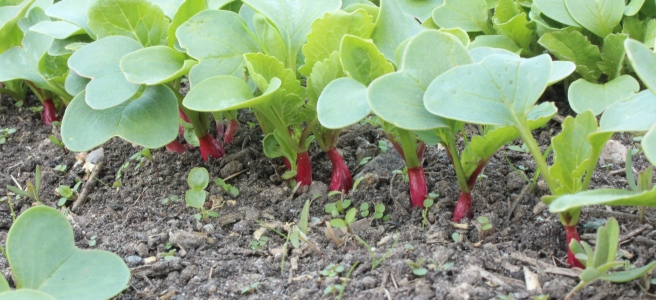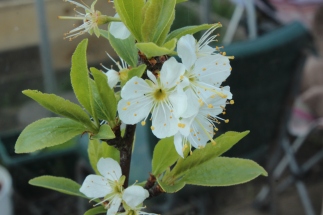Some of my bestest pals. They are a great variety of human.
THP: Introduce yourselves.
G&C: We’re The Cherry’s. Chez is a freelance photographer who loves pallets, humous and wearing shorts. Gemma is a barista in a rad local coffee shop who loves Le Parfait jars, peonies and applewood cheese. We have been married for almost 2 years and live in Stafford.
THP: If you’re not at the allotment where would we find you?
G&C: Chez would be in lycra, cycling around Staffordshire. Gemma would be in a thrift store looking for bargain furniture.
THP: Why/When/How did you start growing?
G&C: Why – We started helping out our friend Matt on his allotment in France. Chez loved being outdoors; digging, chopping, burning. Gemma loved being able to walk out of the kitchen and onto the patch to pull up a lettuce for dinner. There was something about the whole process of seed to table that made us slow down, look at the bigger picture and work out our place in the changing seasons – both physically and metaphorically.
When – One of our first priorities once we had moved to Stafford a year ago was to start growing something – anything!
How – We picked up a load of seed packets from Wilkinsons, bought soil from Asda and stole tons of broken seed trays from a friends shed. We had such little expectation, hardly any spare money and no gardening ‘infrastructure’ so figured we had nothing to lose. Gemma planted out the seeds and put them on every windowsill in the house and Chez managed to pick up some pallet collars on the cheap. We stuck the raised beds in our tiny front yard and when the seeds were big enough, planted them out. We came back from a few weeks away and had more courgettes, runner beans, rocket, lettuce, beetroot and mint than we knew what to do with (the tomatoes and chilli’s totally failed). We were amazed and from then on, completely sold on the idea of growing our own veg.
THP: What are you growing at the moment & Where?
G&C: This last christmas we were given an allotment, all 100sq. foot of it. We were a bit overwhelmed so just covered it in carpet (rookie error #1) and left it until spring. By April we had gathered a few friends who were interested and we all took on the allotment as a bit of a community project. Matt and his wife (from France) co-own it with us which is a massive blessing as they know what they’re talking about and a bunch of friends rock up sporadically to dig, plant, build and drink coffee. We have a massive weed\grass issue but things are growing and we love being down the patch, hanging out together.
Currently in the ground/greenhouse are parsnips, potatoes, broad beans, runners, celeriac, gooseberries (inherited), raspberries, onions, spring onion, ‘erbs galore, rhubarb, cardoons, peas, carrots, pumpkins, butternuts, courgettes, beetroot, chard and most excitingly – Chez and Bex are halfway through their beekeeping course so we will have a hive, bees and HONEY on the patch soon!
THP: What is your biggest growing disaster?
G&C: Because we are such novices we only have one years worth of potential disaster which was definitely the tomatoes. We were so happy that everything else grew though that we didn’t really care that much!
THP: Your biggest success?
G&C: Courgettes. We planted about 8 courgettes plants in one tiny little raised bed (rookie error #2) so they were busting out the box but all the plants were super healthy and fruitful. We had so many tasty courgettes and it was really nice to be able to give them away to friends.
THP: Your 3 favourite things to grow?
G&C: Our rosemary plant has taken about 8 months to grow beyond being a tiny little stick in a pot so we love seeing him sitting happily on our kitchen sill every day. He’ll go outside soon enough. Other than that, we both love seeing the beans climb their wig-wams and having some fresh fruit (raspberries) to eat on the patch looks like it’ll be fun.
THP: Give us your best 3 growing tips.
G&C: 1. Just go for it. Have faith that those little seeds will do what they were destined to do – grow!!
2. Invest in raised beds if you’re starting out (either in your yard, garden or allotment) – much less intimidating than a huge patch of grassy/weedy soil.
3. Get friends involved and make time to enjoy your ‘growing space’. Essential ingredients are a pallet bench, aeropress and homemade chocolate brownie.
Thanks Gemma & Chez!


